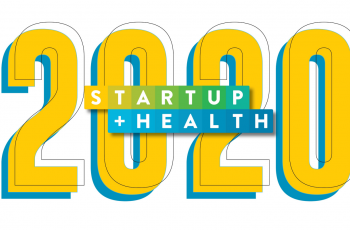Can Social Media Make Us Healthier?
What the Promoting Research in Social Media (PRISM) Health Symposium at the University of California, San Francisco taught us about how social media affects our health.
Seventy percent of adults in the United States currently use social media, up from only 5% in 2005. Over the past decade, millions of Americans have adopted social media and use it as a primary mode of connecting, learning, and sharing. Three-quarters of Facebook users, for example, check the platform every day. Though Facebook, in particular, has been implicated in troubling practices related to privacy and political advertising, social media platforms also have the potential to improve health for the masses given the rapidly growing and highly engaged audience.
One target-rich area for social media is diabetes: According to the CDC, more than 100 million US adults are living with diabetes or prediabetes.
That’s why we were eager to attend the Promoting Research in Social Media (PRISM) Health Symposium at the University of California, San Francisco. The gathering sought to advance the science of social media and health by identifying opportunities for the field – to spark new collaborations, brainstorm creative funding opportunities, and forge personal connections across disciplines. The event was led by Dr. Urmimala Sarkar, and distinguished academic researchers, industry partners, advocates, and patients who shared insights on how social media can improve health.
First, social media can be used to develop data sources that help health researchers learn more about specific groups of people. Social media allows researchers to recruit larger groups into research trials and enables them to examine and learn from what people post and discuss on platforms. By examining online activity and conversations, researchers can identify unmet needs among these populations and develop effective campaigns to target a specific audience.
PRISM participants also explored social media as a forum to disseminate public health information. Given its reach, social media is likely the most powerful platform for getting health information resources to a large audience. Additionally, given that a majority of Americans have daily interaction with social media platforms, social media has the potential to provide repeated encouragement of positive health behaviors. At diaTribe, we have found significant benefits in using platforms like Facebook and Twitter to share diabetes information and resources.
Third, social media offers the ability for people with a disease – and their caretakers – to connect with one another. We were part of a panel with Vaugh Hester of Facebook and Roni Zeiger of Smart Patients, a platform that allows people with diabetes to connect and learn from one another. Vaughn and Roni both said that diseases like diabetes can leave people feeling alone, isolated, and craving community. Roni even suggested that “being alone” could be considered an addressable comorbidity. Social media platforms have the potential to connect people living with chronic conditions in order to find support and community.
There is no doubt that social media platforms will be an essential player in combatting the rising rates of diabetes and prediabetes and improving the quality of life for people with diabetes. Here at The diaTribe Foundation, we will continue to encourage our social media partners to advance this mission.
